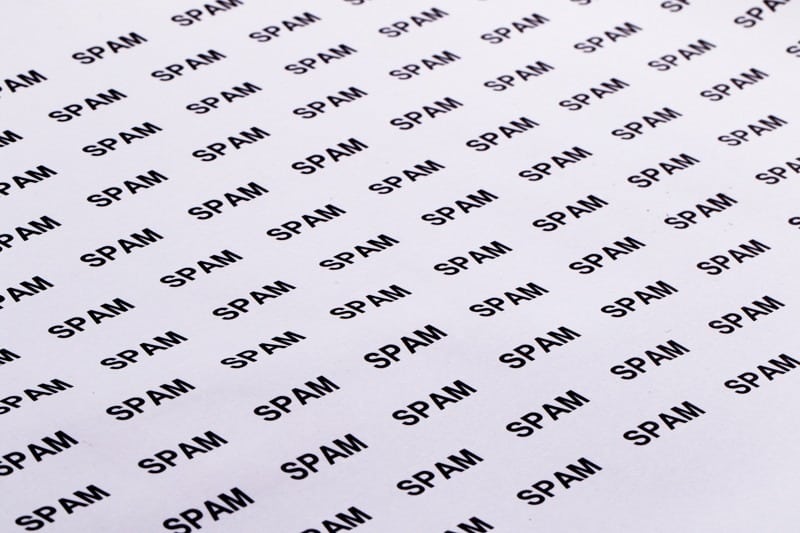Test Altospam’s solutions!
Thousands of companies, CTOs, CIOs, CISOs and IT managers already trust us to protect their e-mail against phishing, spear phishing, ransomware, …

Spam is an unsolicited electronic message whose purpose is to entice recipients to click on a link or generate interest in the products offered. Highly polluting, this undesirable mail can be a vehicle for various types of cyber-attack: viruses, worms, Trojan horses, denial of service, phishing, etc. Even though spamming is forbidden by law in France and in other countries, pirates don’t hesitate to break the law in order to make money. But is this business profitable or not? American researchers provide the answer after conducting a meticulous study.
The income and expenses of a spamming campaign
According to U.S. researchers from California and San Diego, the economic value of a spam campaign is high, even if the response is fairly meagre. After an extensive investigation, they concluded that spammers get one response out of every 12.5 million unsolicited e-mails sent.
These scientists decided to hack into a large botnet network containing almost 76,000 computers in order to launch two fake spamming campaigns over 26 days. Two types of unsolicited e-mails were sent out, one of which invited recipients to buy herbal libido products from a bogus pharmaceutical website.
American researchers sent out 350 million spam messages, resulting in 28 purchases. With a success rate of 0.00001%, the spammers would have earned 2,230 euros in 26 days, equivalent to a daily income of around 80 euros. For a botnest network of several million computers, it’s likely that spammers can earn 5,700 euros in daily revenue, or over two million euros a year.
Even if the revenue that goes into spammers’ wallets is substantial, the rate of return on spamming is far lower than that of a legitimate campaign. Hackers will also have to take into account several expenses such as acquiring an e-mail address database, purchasing domain names and creating the dummy sites used.
According to the American scientists, the spammer will have to spend around 65 euros to send a million spam messages. For 350 million unwanted e-mails, he will need a fund of 20,500 euros.
Spam and its commercial effectiveness
The spamming campaign may be illegal, but its effectiveness is indisputable. The results obtained by the researchers have amply demonstrated this. The pharmaceutical industry is a profitable one for spammers. Although some of the millions of spam messages sent via bogus websites were blocked, caught by spam filters or ignored by the people they were addressed to, a limited number were responded to positively. In conclusion, a large-scale spamming campaign carried out in any country in the world can be really profitable.
Test Altospam’s solutions!
Thousands of companies, CTOs, CIOs, CISOs and IT managers already trust us to protect their e-mail against phishing, spear phishing, ransomware, …